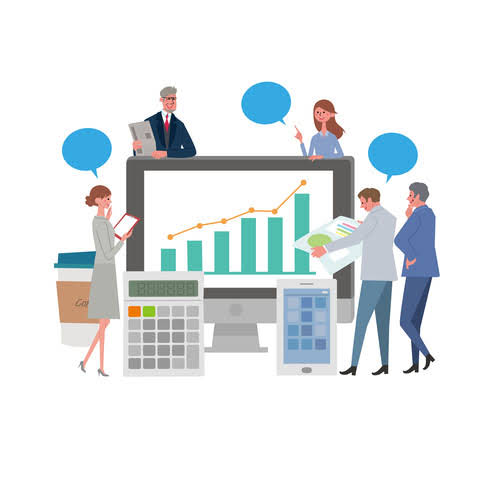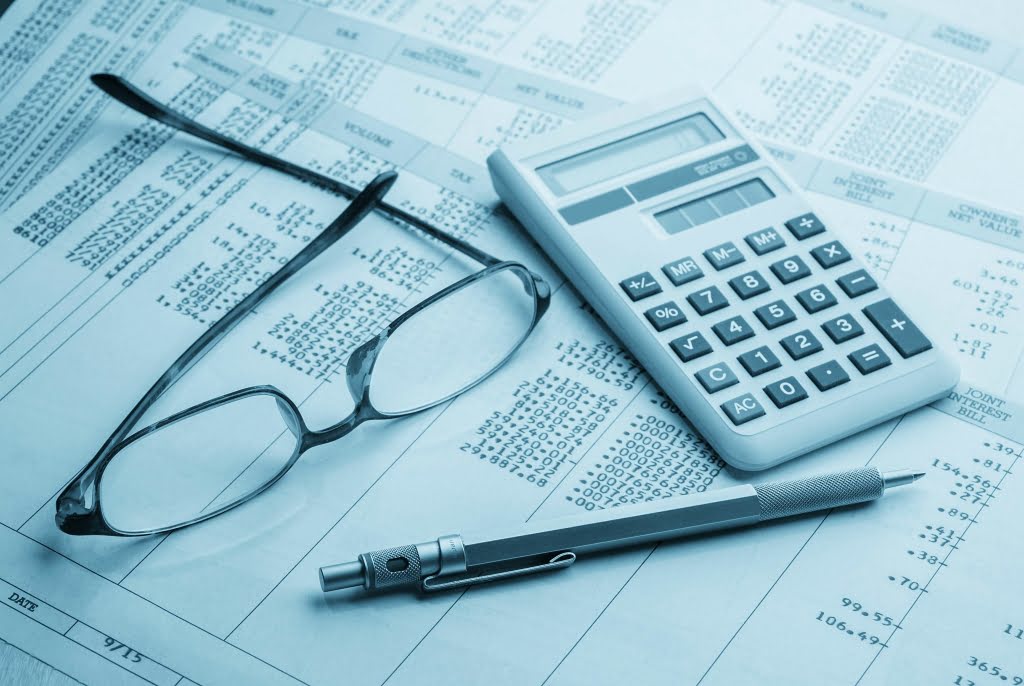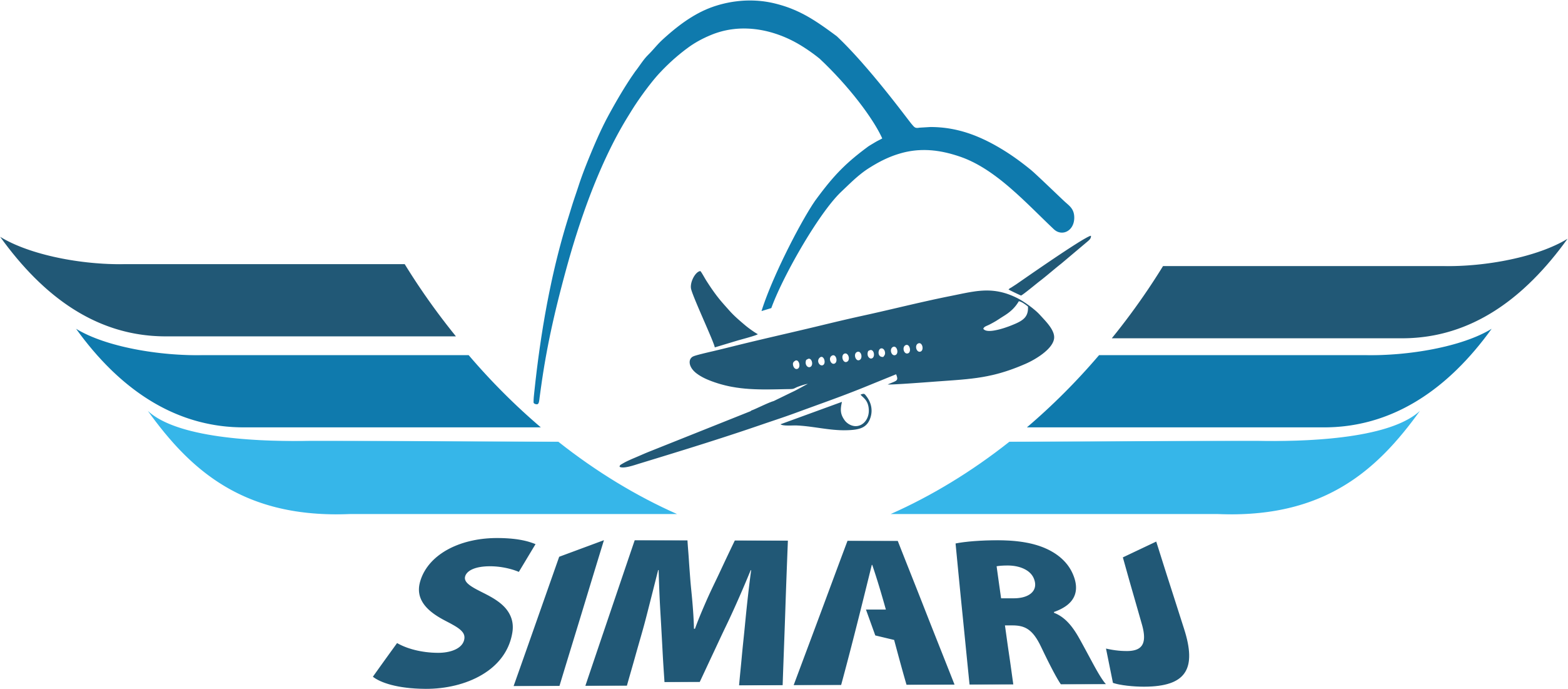28 jul A Guide to Properly Managing Plant Assets

Accounting rules also require that the plant assets be reviewed for possible impairment losses. From an accounting perspective, plant assets are typically held on the balance sheet at historical cost (what the company paid for them) less depreciation (ongoing wear-and-tear expense) over time. This can help provide accurate financial information if the market for plant assets is unusually volatile. Plant assets are different from other non-current assets due to tangibility and prolonged economic benefits.
- A self-published author and with a passion for financial literacy, Ashish’s extensive knowledge covers investment banking, personal finance, cryptocurrency, and more.
- Named during the industrial revolution, plant assets are no longer limited to factory or manufacturing equipment but also include any asset used in revenue production.
- It’s crucial to recognize which of your assets are plant assets, regardless of their worth.
- One of the CNC machines broke down and Tom purchases a new machine for $100,000.
- Over time, plant asset values are also reduced by depreciation on the balance sheet.
Plant Asset Vs Current Asset
- Following the table, we provide more detail about how to classify assets for each criterion.
- Defined — Depreciation is the systematicand rational allocation of the historical cost of an asset, less its salvagevalue, over its estimated useful life.
- This method explains that the utility and level of economic benefit decrease as the age of asset increases.
- Each asset serves a certain purpose in how it helps a business, and it is more advantageous to focus on their functions rather than their relative worth as long as they serve entities well.
- If debt has been used to purchase the plant asset, then the cash flow statement would also show the regular payments towards that debt too.
- IAS 16 defines them as physical assets that are used to produce revenue or for administrative purposes and are expected to be in use for more than one accounting period.
The second method of deprecation is the declining balance method or written down value method. Every year, the percentage is applied to the remaining value of the asset to find depreciation expense. In the initial years of the asset, the amount of depreciation expense is higher and decreases as time passes. Later on, the company will charge the depreciation according to the method of depreciation it usually follows.
Types & Examples of Plant Assets

Monte Garments is a factory that manufactures different types of readymade garments. The company also has a printing press for printing customized merchandise with brand designs. A new press technology has just launched in the market, and the company owner decided to acquire the machine. The cost of the machine is USD100,000, and it is expected to stay useful for five years with a residual value of USD10,000.
Presentation of Plant Assets
Broadly speaking, an asset is anything that has value and can be owned or used to produce value, and can theoretically be converted to cash. In business, assets can take several forms — equipment, patents, investments, and even cash itself. Here’s a rundown of the different types of assets a business can possess, and the type https://www.bookstime.com/ of assets that are considered to be plant assets. Regardless of the company you’re analyzing, plant assets tend to be those held for long-term use and depreciated over their useful lives. As time goes on, plant assets wear down and must be replaced, although most companies try to extend useful life for as long as possible.

They provide several contributions to a company and understanding how they work can aid in tracking the organization’s growth. Shaun Conrad is a Certified Public Accountant and CPA exam expert with a passion for teaching. After almost a decade of experience in public accounting, he created MyAccountingCourse.com to help people learn accounting & finance, pass the CPA exam, and start their career. Calculate depreciation for the machine for the useful life of 7 years. Based on the purpose of depreciation mentioned above, depreciation should only commence when the asset is ready for use and is at the location that it is intended to be used.
- This can help provide accurate financial information if the market for plant assets is unusually volatile.
- These assets are used for operating the business functions and generating revenues in the financial periods.
- Plant assets, except for land, are depreciated to spread their cost out over their useful life.
- This might include direct, indirect, production, operating, & distribution charges incurred for business operations.
- Most companies, especially those that run fully in-house and do not rely on other parties for production or processing, require land.
This category of assets is not limited to factory equipment, machinery, and buildings though. Anything that can be used productively to general sales for the company can fall into this category. Plant assets are a group of assets used in an industrial process, such as a foundry, factory, or workshop. These assets are a subset a characteristic of a plant asset is that it is of the fixed assets classification, which includes such other asset types as vehicles, office equipment, and intangible assets. Plant assets fulfill the usual criteria for a fixed asset, which means that their initial cost exceeds the capitalization limit of the entity, and they are expected to be used for at least one year.
What Are Plant Assets? Definition & Examples

Let’s take another look at The Home Depot, Inc. balance sheet as of February 2, 2020. Here’s an overview of General Electric’s business and whether the stock would benefit investment portfolios. When researching companies, the financial statement is a great place to start. Founded in 1993, The Motley Fool is a financial services company dedicated to making the world smarter, happier, and richer. The Motley Fool reaches millions of people every month through our premium investing solutions, free guidance and market analysis on Fool.com, top-rated podcasts, and non-profit The Motley Fool Foundation.


